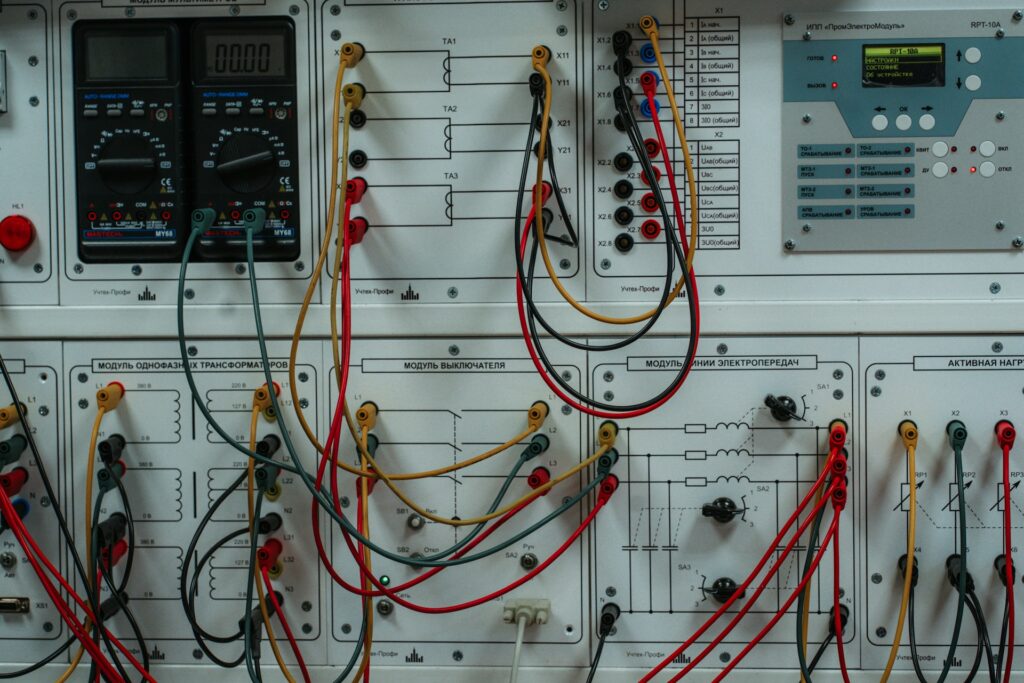Researchers led by Professor Walter G. Chapman at Rice University, working in collaboration with scientists at Oak Ridge National Laboratory, have developed a physics-driven model that offers a more complete description of how water molecules relax in the presence of MRI contrast agents. Their work brings molecular-scale behaviour and clinical-scale imaging signals into closer alignment, a step that may influence how future contrast agents are designed and how MRI systems interpret relaxation data.
Pinheiro dos Santos, T. J., Orcan-Ekmekci, B., Chapman, W. G., Singer, P. M., & Asthagiri, D. N. (2025). Extended molecular eigenmodes treatment of dipole–dipole NMR relaxation in real fluids. The Journal of Chemical Physics, 163(18). https://doi.org/10.1063/5.0299283
The study addresses a long-standing challenge in medical imaging. MRI contrast depends heavily on how water protons return to equilibrium after magnetic excitation. This relaxation process is shaped by the molecular environment and is altered by the presence of metal-based contrast agents. Existing models capture some aspects of this behaviour but usually rely on simplified assumptions. These simplifications help with computation but limit accuracy, especially when trying to predict how new contrast agents will behave or when studying more complex systems such as biological tissues.
Chapman and his colleagues approached the problem by examining relaxation at the molecular level with far greater detail than is typically included in engineering models. Their framework uses a set of mathematical tools known as molecular eigenmodes, derived from solving a Fokker Planck description of the motion of water molecules around contrast agents. Instead of assuming that relaxation follows one or two characteristic decay processes, the eigenmodes approach identifies many natural modes of motion that collectively produce the observed relaxation rate. This produces a model that is not only more physically grounded but also capable of explaining measurements across a wide range of MRI frequencies.
Researchers led by Professor Walter G. Chapman at Rice University stated,
“In the present paper, we developed a comprehensive theory to interpret those previous molecular dynamics simulations and experimental findings. The theory, however, is general and can be used to understand NMR relaxation in liquids broadly.”
The team demonstrated that their model can reproduce experimental measurements with high precision, capturing behaviour that older models could only approximate. Interestingly, widely used relaxation models in the MRI field appear as special cases within the new theoretical structure, meaning that the framework does not replace previous approaches as much as it generalises them. According to the researchers, this offers a clearer understanding of why existing models work under some conditions and fail in others.
Although the primary motivation for the study is medical imaging, the implications extend well beyond healthcare. Nuclear magnetic resonance relaxation is used to study liquids in energy storage systems, porous geological formations, chemical reactors, and biological environments. A more accurate description of how molecules move and interact in these settings opens the door to improved modelling in fields ranging from battery engineering to subsurface fluid analysis.
The researchers have also released the code associated with their work to encourage broader use and development. By making the computational tools accessible, they aim to support applied scientists and engineers who may not typically work with advanced molecular dynamics but rely on accurate physical models for design, prediction,

Adrian graduated with a Masters Degree (1st Class Honours) in Chemical Engineering from Chester University along with Harris. His master’s research aimed to develop a standardadised clean water oxygenation transfer procedure to test bubble diffusers that are currently used in the wastewater industry commercial market. He has also undergone placments in both US and China primarely focused within the R&D department and is an associate member of the Institute of Chemical Engineers (IChemE).



